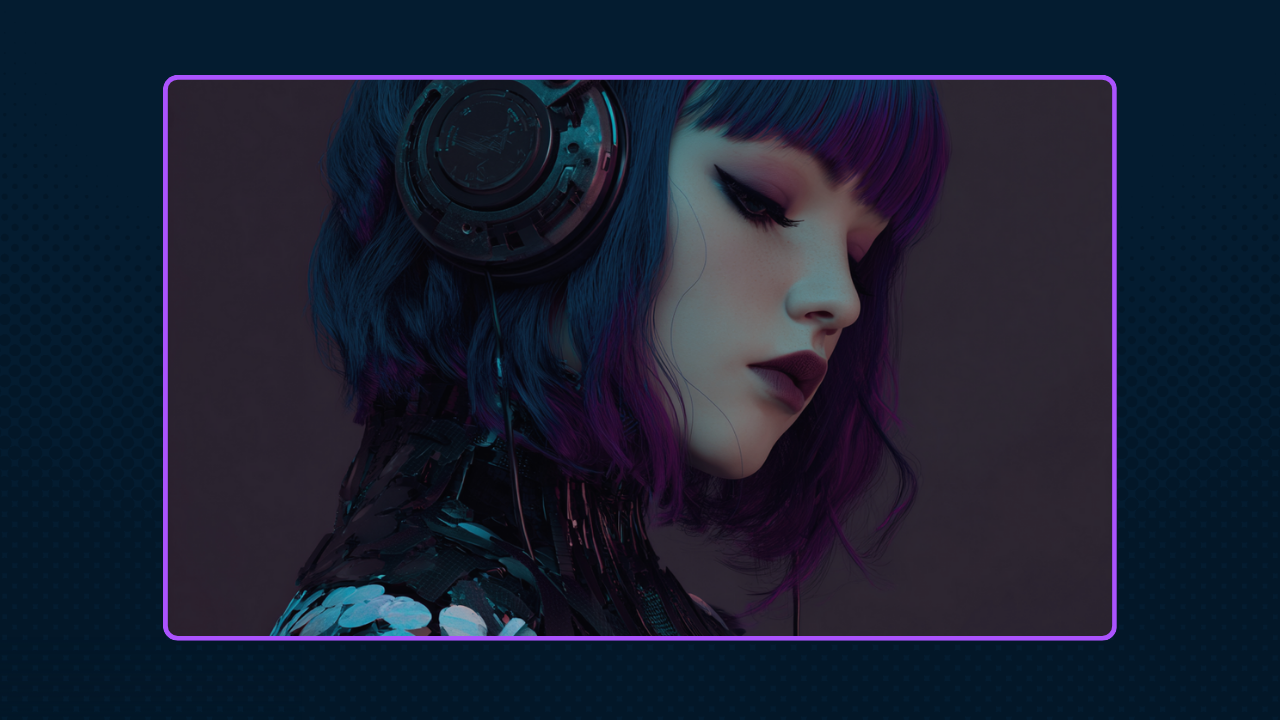Creating Audio for Indie Games: Practical Tips and Resources
Audio is a crucial part of any game, shaping the experience by setting the mood, providing player feedback, and enhancing immersion. For indie developers, creating high-quality audio can be challenging due to budget constraints and limited resources. However, with the right tools and approach, it’s possible to craft a compelling soundscape without the backing of a major studio.
Understanding the Role of Audio
Before diving into sound design, it’s important to define how audio will function within your game. Sound plays a major role in setting the atmosphere and creating an emotional response. A horror game, for example, relies on eerie ambient noise and subtle sound cues to build tension, while a fast-paced platformer benefits from energetic music and responsive sound effects.
Audio also serves as a form of player feedback. Sounds tied to actions like button presses, item pickups, and enemy encounters provide important cues, reinforcing the game’s mechanics. Without these elements, interactions can feel incomplete. Additionally, sound helps with storytelling and immersion, whether through voice acting, ambient background noise, or adaptive music that shifts with the game’s events.
Planning and Organizing Audio Assets
A well-planned audio approach saves time and ensures that every sound serves a purpose. Start by listing the different types of audio assets needed for the game. This typically includes sound effects, background music, and possibly voice acting. Sound effects cover everything from character movements and environmental interactions to UI sounds and combat effects. Music can be a static background track or a dynamic system that adjusts based on player actions. If voiceovers are involved, consider whether they’ll be full dialogue recordings or just short vocal expressions like grunts and reactions.
Outlining these details early in development helps streamline production and prevents missing essential audio elements. It also ensures that the game’s sound design is cohesive and well-integrated.
Using Budget-Friendly Tools and Resources
High-quality audio production doesn’t necessarily require expensive equipment. Many affordable digital audio workstations (DAWs) offer powerful features for recording, editing, and mixing sound.
There are also plenty of free and affordable plugins that expand creative possibilities. Virtual instruments, synthesizers, and sound libraries allow developers to create music and effects without needing live recordings. Sampling and layering sounds from existing libraries can help build a unique and polished audio experience.
When it comes to finding pre-cleared, high-quality music and sound design, our Rareform Audio x Black Sheep Music searchable catalog is a powerful resource for developers. With over 10,000 cinematic-grade tracks, curated playlists, and AI-assisted search tools, you can find the right track for your game in seconds, not hours. These aren’t generic stock sounds. They’re handcrafted, cinematic, and built for storytelling.
Explore genres, moods, and use cases from tension-building underscores to sleek, modern cues. If you’re looking for a custom sound or need stems for interactive scoring, we’ve got you covered. Reach out to team@rareformaudio.com for licensing help or custom requests.
Recording and Creating Custom Sounds
While using pre-made sound libraries can be convenient, recording custom sounds can add a unique and personal touch to a game. Even basic equipment, like a USB microphone or a portable field recorder, can capture high-quality audio. Everyday objects can be used to create interesting effects—crumpling paper for fire sounds, tapping a wooden surface for footsteps, or shaking a bag of cornstarch to mimic snow crunching.
Foley techniques, where sounds are manually created and synced to on-screen actions, are particularly useful for achieving realistic and tailored effects. Recording in controlled environments helps reduce unwanted noise and makes post-processing easier.
Editing and Enhancing Audio
Basic sound editing techniques can significantly improve audio quality and make sounds fit naturally within a game. Noise reduction tools help eliminate background hiss or unwanted interference, while equalization (EQ) allows specific frequencies to be adjusted to improve clarity. Compression helps balance volume levels so that sounds don’t become too quiet or too loud. Effects like reverb and delay can create a sense of space and depth, making environments feel more immersive.
Mixing and mastering are also key steps in audio production. Ensuring that music, sound effects, and dialogue are properly balanced prevents any single element from overpowering the rest. Careful mixing ensures that the game’s audio feels cohesive and polished.
Implementing Audio Effectively
Simply having great audio assets isn’t enough—they need to be properly integrated into the game. Audio triggers should be used to ensure sounds play at the right time, such as footsteps aligning with character movement or sound cues signaling a completed action. Dynamic audio systems that adapt based on player actions can further enhance immersion, creating a more responsive and engaging experience.
Volume balancing is another critical aspect of implementation. Ensuring that dialogue, music, and effects don’t compete with one another improves clarity and makes the overall experience more enjoyable. Many game engines, including Unity and Unreal Engine, offer built-in audio tools to help fine-tune sound behavior.
Testing and Refining Audio
Playtesting is essential to ensure that audio functions as intended. Sounds that are too loud, repetitive, or out of place can quickly become distracting. Gathering feedback from playtesters helps identify what works and what needs improvement. Iterating on sound design based on testing results ensures that the final audio experience is well-polished and contributes positively to gameplay.
Final Thoughts
Producing high-quality audio for indie games is achievable with careful planning, the right tools, and a willingness to experiment. Understanding how sound enhances gameplay, using accessible resources, and mastering basic editing techniques can make a significant difference in a game’s overall presentation.
For developers looking for high-quality sound effects, Soundshop.io offers an extensive library tailored for game development, with a straightforward licensing model that allows easy integration into projects. With the right approach and resources, indie developers can create engaging and immersive audio experiences that bring their games to life.
Let’s Collaborate!
Need help building the tone for your production? Hit us up – the Rareform Audio team would love to help you create the perfect soundtrack that speaks to your audience and enhances the power of your visual storytelling to new heights!
Rareform Highlights
Join our Spotify Playlist and vibe with us! Featuring an array of tunes our team has been listening to.






































